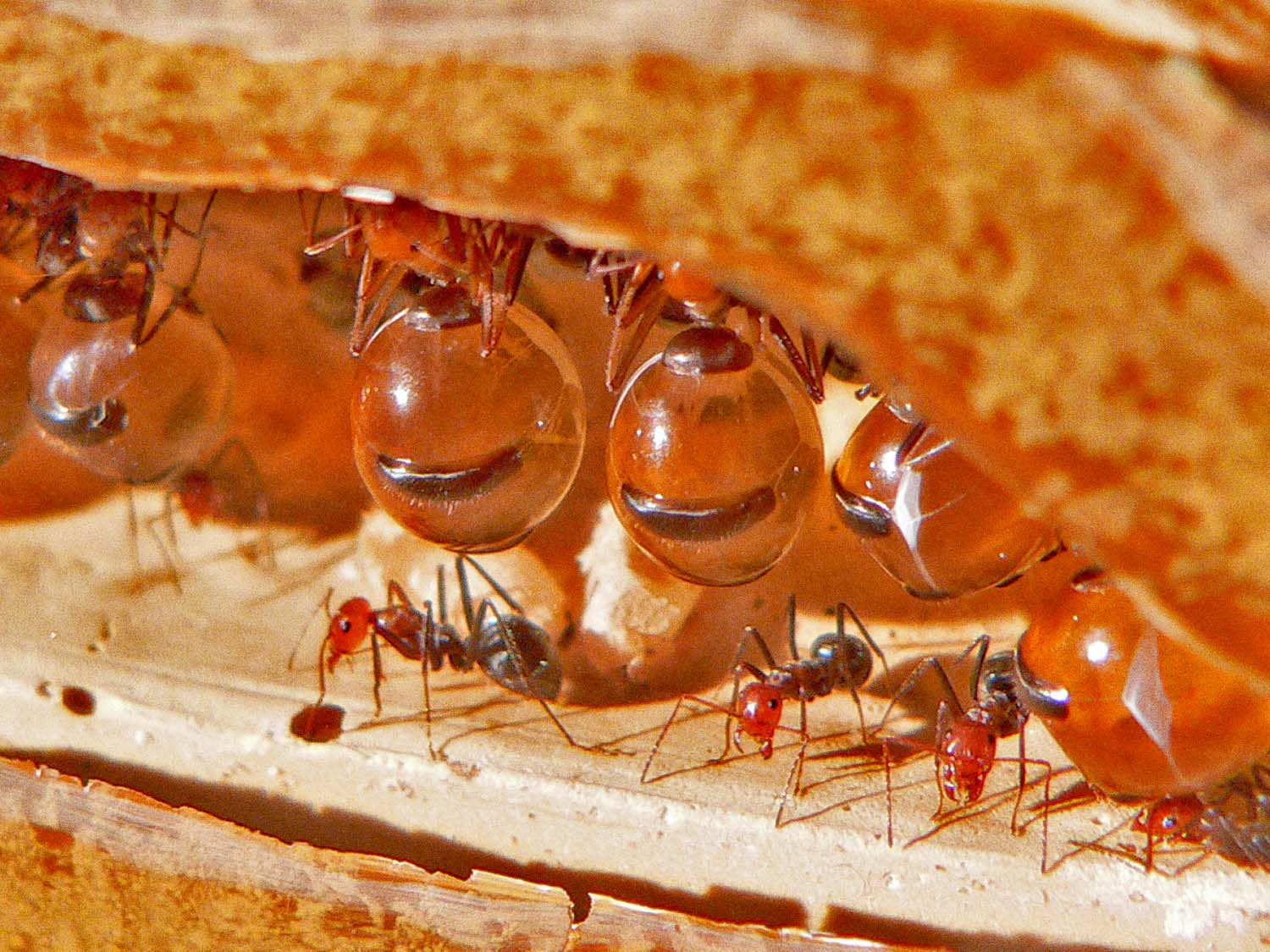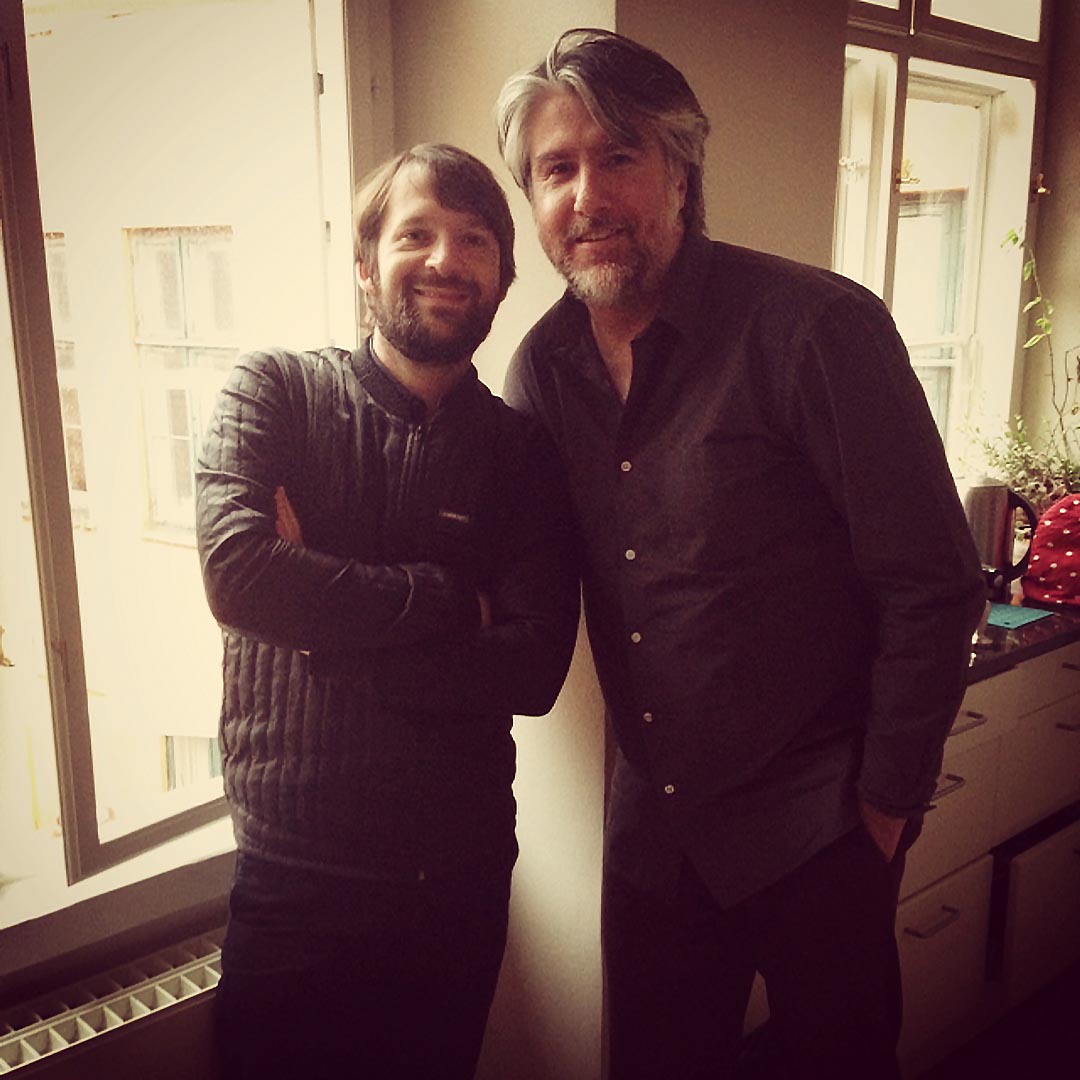
I remember vividly having eaten a beef stew that I found in my father's refrigerator two weeks after he had passed away. It was one of the only things my father knew how to cook well and with a sniff of the pot, I determined it had not gone off. I didn't even bother heating it up. I knew this was the last time I would taste my father's food and with each bite my eyes welled up with tears until they were streaming down my face. Buried under the proverbial six feet of dirt, he was still able to nourish his only child. In that stew, there were young potatoes, halved, still firm, with a surprising amount of moisture.
The potato is about as common a food as one can find. They are not particularly expensive and are found in abundance in most parts of the world. In the past, I've used the tuber as a subject in my work as an artist, treating a specimen from the seemingly ordinary as sacred. I've lost count of how many times people have asked me if I have eaten the potatoes that feature in my photographs, especially the one in Potato #345. At first I thought people asked out of concern for whether or not food was going to waste, but I came to realize that the fascination had more to do with the novelty of eating something rare. Who ate the world's most expensive potato? They wanted to know, but as far as I can remember I kept it in a basket in my studio until it was inedible. Sorry.
Like many who'll read this, I love the experience of eating food prepared with lovingly-sourced ingredients and with a skill that honors my desire to celebrate life, sustain myself in a healthy fashion, and leaves me with a vivid memory of the meal. While my friends might suggest I spend too much time in Michelin restaurants, I assure you that I appreciate a good "hole-in-the-wall" and have eaten more than my fair share of food prepared in less than hygienic settings.
Over the years, it's happened on a number of occasions that I've been served what I'm told is a "rare ingredient." From Iranian golden caviar courtesy of albino sturgeon, to the tiny ortolan, a minuscule bird you eat while holding its beak with a napkin over your head, there is an undeniable sense of excitement (not necessarily positive) when you find out you are eating something rare. This got me to thinking about what makes an ingredient rare, so I discussed the subject with my friend René Redzepi, the head chef at Noma, in Copenhagen...
ABOSCH: When I came to Noma with my friends Matt Mullenweg and Om Malik, one of the dishes you served was a barbecued fish head that had a wonderfully tangy glaze. At home, you told me you use the same sauce for ribs, but this was no ordinary barbecue sauce — You said it was seaweed that had been fermented for like two years. Unless you decide to start bottling the stuff on a large scale, I’d say that’s some rare sauce. Still, I'm guessing the ingredients that went into the sauce were not terribly rare. What are some examples of rare ingredients you work with? What makes them rare?
REDZEPI: We work with quite a few rare ingredients. When talking about things that are rare, it is difficult not to think of cost – something that is expensive. I don't necessarily find things that are expensive to be rare, one of the rarest things that we have in our kitchen is free. It is a mushroom that is in season for 3-4 weeks of the year and the problem is that you can’t go to any market to find it. The only way for you to have one, is by knowing the seasons, the weather patterns, following it year by year, intimately following the microclimates of the different forests throughout the year, to see where you think one might show up. Then you might get lucky to have between 5-20 per year of this mushroom – that is typically what we get. It is a wild “hen of the woods”, and to me it’s one of the best foods in the world. It doesn't compare to the domestically grown one, we age it for 3-4 days in the fridge and then roast it and it’s incredible.
ABOSCH: Rarity or scarcity in itself doesn’t mean much, but when you find a rare ingredient that excites you, do you think about how one could potentially cultivate more of it?
REDZEPI: I think about this all the time. That I would love to have all of the wild ingredients as a steady source, someone growing it, but then again, it takes away from the connection of following a season, of never really knowing what is going to happen. As annoying as that element of surprise is – it is also quite addictive to have as a part of your work life.
ABOSCH: You recently came across some rare honey in Mexico?
REDZEPI: In Mexico they have a breed of bees in the Melipona family. There are around 40 different species in this family. They are stingless, mild and gentle in spirit, and they produce a honey that is slightly less sweet than the European variety, but to me, a bit more floral and exotic if you will. The particular variety that we are actually going to use is from a little black Melipona bee. It is one of the rarest varieties that you can find. But, the flavor here is just unmatched. We have ordered 80 liters. Interesting story here, is that vanilla used to be only pollinated by a specific variety of Melipona bee. No other bee or insect pollinates vanilla. That species of Melipona is now extinct, so vanilla is now only pollinated by a human hand.
ABOSCH: Ingredients sometimes become rare due to the market’s demand growing faster than the rate at which the ingredient can be produced, cultivated or naturally replenished. To what extent does this concern you?
REDZEPI: That doesn't concern me one bit – that's just market. In general, I think ingredients are too cheap. I think in the West we have become so accustomed to food being so inexpensive to the point that we don't value it anymore, which then makes us waste and throw away almost half of our food. Think about everyone involved in producing good ingredients: the farmer, the farmer’s assistant, truck driver, young chef peeling the carrot, and the slightly more experienced chef cooking it; imagine if all of these individuals were to have a good Westernized middle class lifestyle – a car, house in the suburbs, a vacation a year, couple of kids… what would a bowl of carrots then cost to provide to the consumer – a lot more.
ABOSCH: Tonight René -- A meal with the rarest ingredients you care to imagine. What are we eating?
REDZEPI: You will be eating a bowl of fresh picked Arctic cloudberries, generously sprinkled with the Australian honey ant, and that is enough -- It’s only two, but I’m pretty sure those would be amazing together.
ABOSCH: I love you.
Follow on Twitter: @kevinabosch & @ReneRedzepiNoma
